Working Class Women 1900s. Boys and younger men wore three piece suits for dress consisting of a coat vest and knee pants which were tight fitting and usually made with double knees.
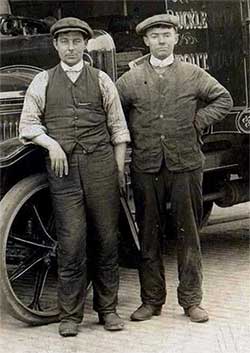
How Working Class Men Spent Their Time In The Early 1900s
Fashionable clothing for boys included sailor suits consisting a shirt with a sailor collar and trousers or knickerbockers.
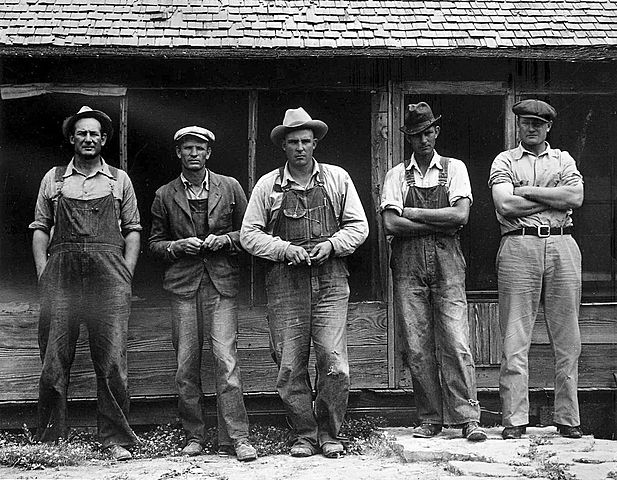
. In some situations working women were the. Mens ties were usually worn with most casual suits and sportgolf outfits. Even though the early 1900s were a time when urbanization was growing like wildfire and cities were popping up all over the map rural farming was still an important occupation of the working class.
Regular ties with a. Two French boys wearing knickerbockers 1900. The common utilitarian dress for laboring men before the twentieth century was made up of breeches or trousers jackets and waistcoats of hard-wearing materials such as moleskin fustian or corduroy.
Upper class men wore silk or wool broadcloth vests. Ad Shop Top-Quality Authentic Styles Enjoy Great Prices Service Delivery. Standard wear for men in nonmanual work was the sack suit or three-piece suit usually worn with a shirt with a detachable collar while working-class men generally wore trousers and a button-down shirt.
There was a very large gap between the upper class and the lower working class. A mans hat in those days was meant to coordinate with his outfit. Mens clothing in general changed much less frequently and less dramatically than womens clothing.
Even tiny girls were dressed in large hats 1900. Ad Order today with free shipping. Hair was worn with a side parting but slicked back with Brill cream.
Menswear would further stall in the following decade due to the First World War. The Working Class in the Early 1900s. Only the richest people were able to afford Paris fashions so many American designers became popular during the 1930s when money was tight.
Bowler hats were no longer confined to working class men. Some twenty years before Lenin made his grand political gesture adopting the workingmans cap another politician made a similar fashion decision for political reasons. Shop Now Save Big.
Waistcoats were always worn over a white shirt. By the end of the decade mens fashion largely looked the same as it did at the beginning. As factories and industries grew farmers provided the food and agricultural resources that helped sustain life.
Men who could afford it chose. Working men wore vests of heavy cotton or denim. As mentioned the early 20th century was defined by a conservative fashion in combination with nature.
Modern ties also gained popularity beginning in this decade. 1917 mens flannel sport or work shirts. Like womenswear hats and gloves continued to be worn.
Some men including younger men donned sack suits similar to modern business suits all day. The young man below has graduated onto trousers but wears a flannel blazer and tie Fig. Three-piece suits no longer had to match - they would sometimes have contrasting pieces.
The common utilitarian dress for laboring men before the twentieth century was made up of breeches or trousers jackets and waistcoats of hard-wearing materials such as moleskin fustian or corduroy. If you wonder how the heck that works take a look at my. The colors were often in sweet pastels or a traditional set of a white blouse and a black skirt.
Grey flannel suits were common worn with shirt tie and pocket handkerchief. Get the Deals now. Blue Collar Work Blue collar work refers to jobs that involve manual labor and skilled trades such as construction road work repairs and demolition During the beginning to mid-1900s these jobs were traditionally held only by men because they often required a great deal of physical strength and stamina.
The bottom of the pant leg met the high stockings at the knee. The flat cloth cap he adopted was and remains strongly associated with the working class in Europe the Americas and even Asia. Ad Browse Our Great Selection Of Mens Fashion Rings.
Jackets became narrow with smaller lapels. There were certain magazines especially made for people in the working class such as Mabs. In some situations working women were the.
The blazer appeared at this time worn mostly for sports and casual activities. Tweed or check jackets worn with non-matching trousers were also popular and open collars were permitted for casual wear. The labor and working-class history of the United States between 1900 and 1945 then is the story of how working-class individuals families and communitiesmembers of an extremely diverse American working classmanaged to carve out positions of political economic and cultural influence even as they remained divided among themselves dependent.
Mens fashions still revolved around the suit. For automobiling boys wore a duster with knickerbockers a flat cap and goggles. Womens fashion was neat covering and detailed with ruffles buttons and lace in layers.
By the 1910s many schools had uniforms for boys consisting of a flannel blazer and shorts for younger boys and trousers for older boys. Even laborers wore vests at work as appearing in only a shirt was considered inappropriate. In 1893 when James Keir Hardie a member.
The bow tie was a popular and fun option as well as skinny silk or knit tie ties in solid or stripes. What did Men Wear in the 1900s. Farytale Ive been working on an Edwardian dress for The litle mermaid Ariel.
If not dressed for manual labor in the early 1900s men generally wore three-piece suits jacket trousers and waistcoat or vest with high round-collared white shirts neckties and derby or bowler hats. Black shoes were the most acceptable though gray brown and tan were acceptable during the day. 1900s Fashion Hair Style.
This uniform or something similar was often worn outside of school as well.
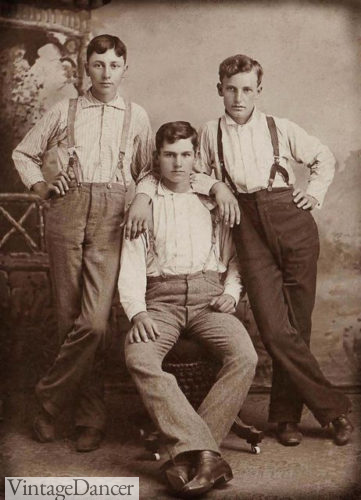
1910s Men S Working Class Clothing
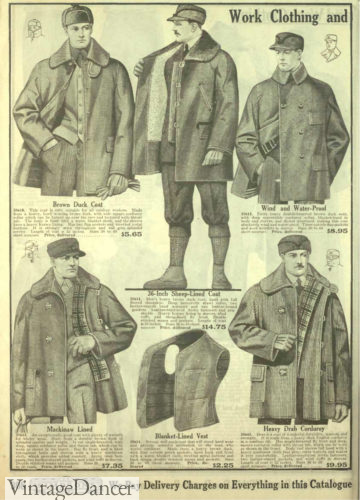
1910s Men S Working Class Clothing
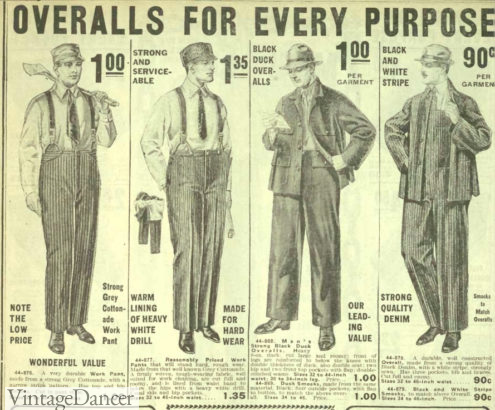
1910s Men S Working Class Clothing

36 Men S Clothing Ideas Class Outfit Second Hand Clothes Working Class

Men S Lower Class 1900s Moda De 1950 Moda Fatos E Fotos

Men S Apparel 1890 1930 Timeline Timetoast Timelines
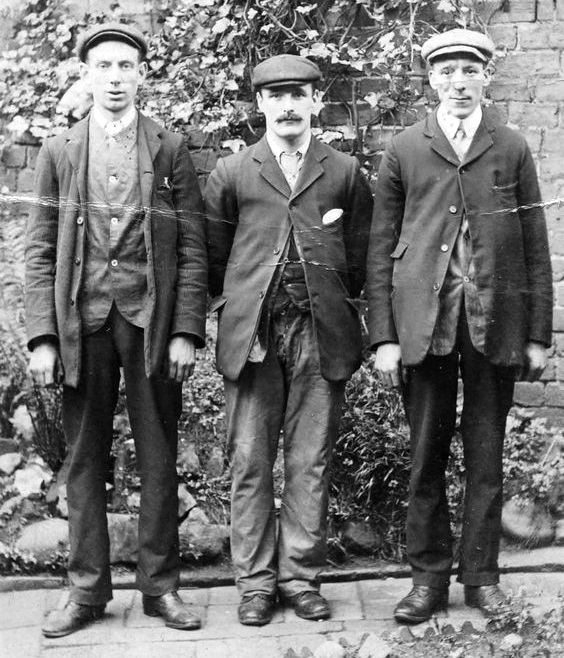
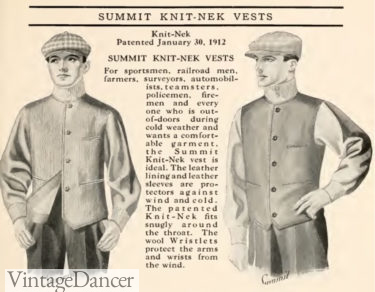
0 comments
Post a Comment